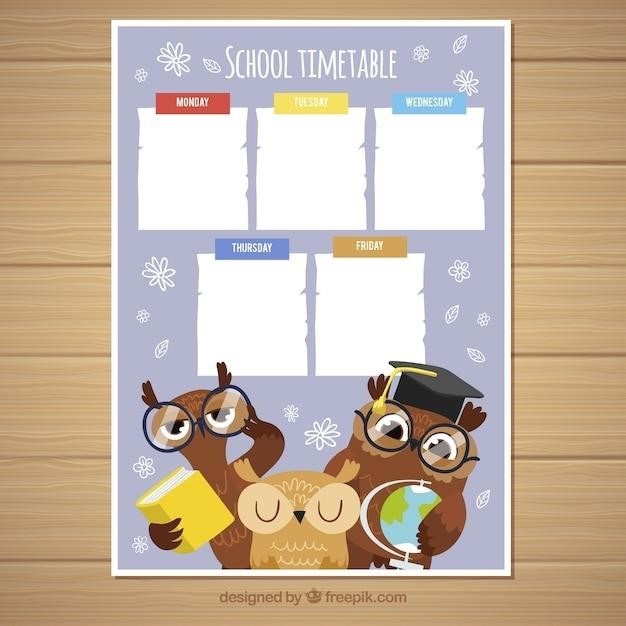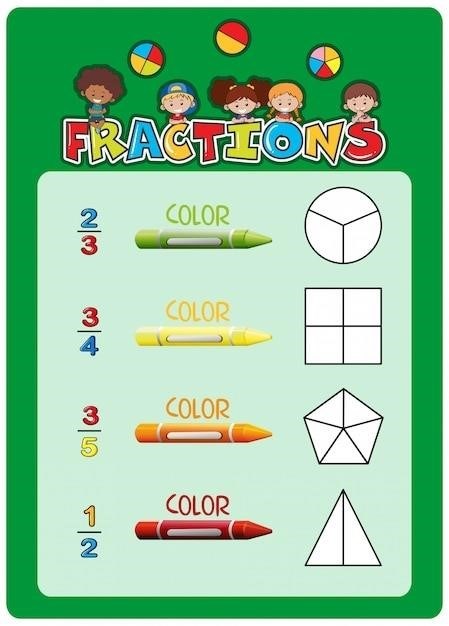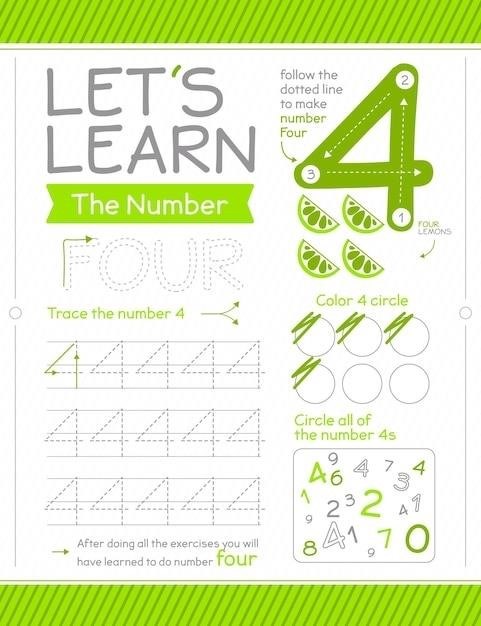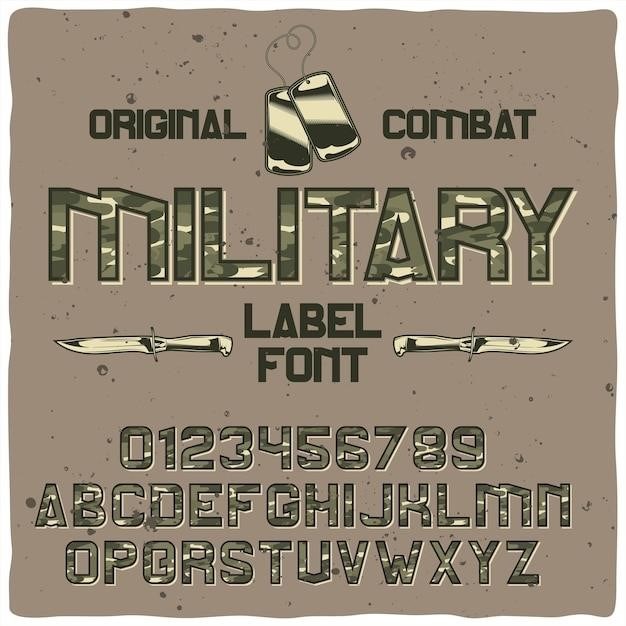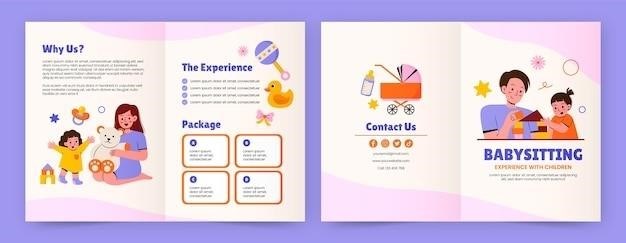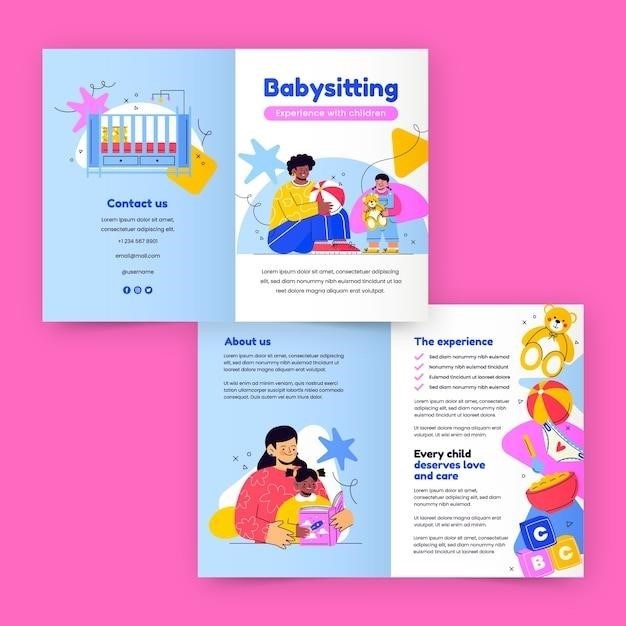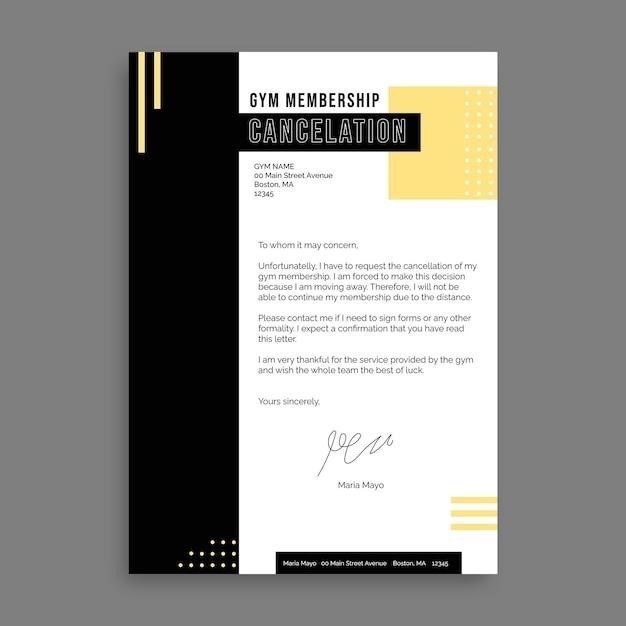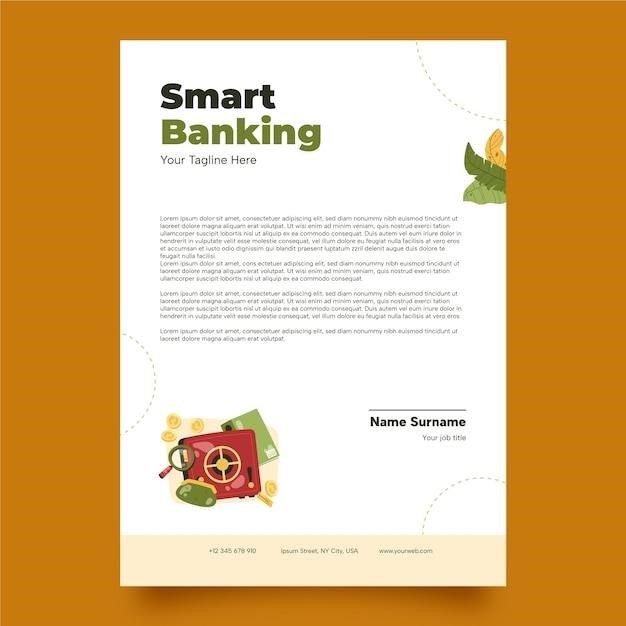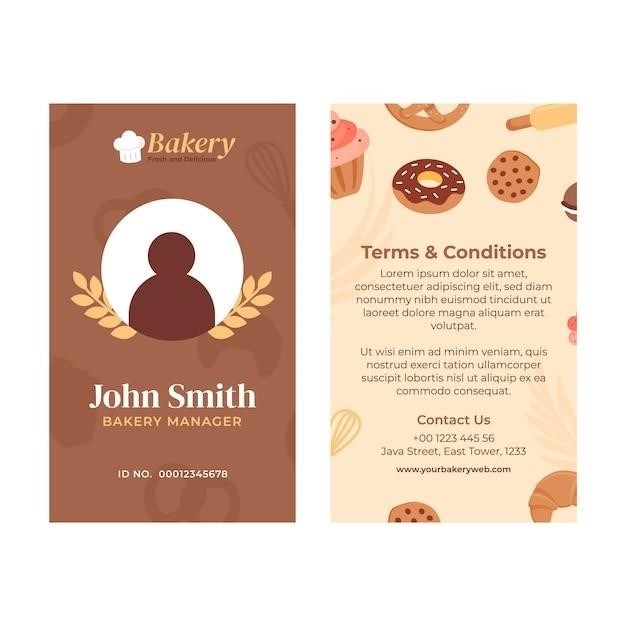Finding Free Printable Student Planners
Numerous websites offer free printable student planners in PDF format. These planners vary in style and features‚ from basic weekly layouts to comprehensive academic year calendars. Many include sections for assignments‚ tests‚ and goal tracking. Download and print these to aid organization.
Types of Free Printable Planners Available
The variety of free printable student planners available online is extensive‚ catering to diverse needs and preferences. You can find simple weekly planners ideal for quick scheduling‚ or more detailed monthly or even yearly planners encompassing the entire academic year. Some planners focus on a daily breakdown of tasks‚ while others prioritize a broader‚ long-term perspective. There are also specialized planners designed for specific subjects or project management. Many include features like assignment trackers‚ exam schedulers‚ and goal-setting sections. Consider your personal organizational style and academic demands when selecting a planner format. Look for planners that offer a balance of structure and flexibility to effectively manage your workload.
Where to Find Free Printable Student Planners
Several online platforms offer free printable student planners. Educational websites and blogs often provide downloadable planner templates‚ sometimes as part of a broader collection of study resources. Many websites specializing in printable stationery and organizational tools also feature student planners. Additionally‚ some productivity apps offer downloadable PDF versions of their planners. Social media platforms‚ particularly Pinterest‚ can serve as a valuable resource‚ showcasing various planner designs and linking to their download sources. Remember to carefully review the terms and conditions before downloading any planner to ensure compliance with copyright and usage rights. Always check user reviews for feedback on quality and usability before committing to a specific planner.
Features of Popular Free Planners
Popular free printable student planners often include a range of features designed to enhance organization and academic success. Many incorporate monthly calendars for long-term planning‚ alongside weekly and daily views for detailed scheduling. Dedicated sections for assignments‚ tests‚ and projects are common‚ allowing students to track deadlines and prioritize tasks. Some planners also include space for notes‚ to-do lists‚ and goal setting. Additional features may include sections for tracking grades‚ extracurricular activities‚ or personal appointments. The inclusion of customizable elements‚ such as space for personal notes or stickers‚ allows students to personalize their planners. While features vary‚ the core purpose remains consistent⁚ providing a structured framework for managing academic responsibilities and personal commitments effectively.

Using Your Printable Student Planner
Effectively utilizing your printable planner involves consistent engagement. Schedule assignments‚ track progress‚ and utilize goal-setting features. Regularly review and update your planner to maintain organization and academic success.
Setting Up Your Planner
Begin by reviewing the planner’s layout. Familiarize yourself with all sections‚ including calendars‚ assignment trackers‚ and note spaces. Determine a start date; many academic planners cover a full 12-month period‚ allowing flexibility to begin in any month. Clearly write down all course names‚ instructors‚ and important dates like midterm and final exams. Then input assignment deadlines‚ project due dates‚ and any extracurricular commitments. Consider color-coding assignments by subject or priority level for visual clarity. Use abbreviations or symbols to save space and time. If the planner includes sections for goals or reflections‚ take the time to set both short-term and long-term academic goals. Finally‚ establish a routine for regularly checking and updating your planner; daily or weekly reviews are recommended to ensure you stay on track throughout the academic year. Remember‚ a well-organized planner is a key tool for academic success.
Effective Planning Strategies
Prioritize tasks using methods like the Eisenhower Matrix (urgent/important)‚ assigning levels of importance to each task. Break down large projects into smaller‚ manageable steps to avoid feeling overwhelmed. Allocate specific time blocks for studying each subject‚ scheduling them based on your energy levels and concentration span. Don’t forget to incorporate breaks into your schedule to prevent burnout. Utilize the Pomodoro Technique—25-minute focused work intervals followed by short breaks—to maintain concentration. Regularly review your planner to ensure you are on schedule and make necessary adjustments. Consider using visual aids‚ like color-coding or mind maps‚ to enhance your understanding and retention. Proactive planning is key; anticipate potential delays or unexpected events by building buffer time into your schedule. If you find yourself consistently falling behind‚ adjust your approach; perhaps you need to allocate more time to certain subjects or break down tasks further. Remember‚ effective planning is an iterative process; refine your strategies over time to optimize your productivity and academic success.
Tracking Progress and Goals
Designate a section in your planner specifically for goal setting and progress tracking. Clearly define both short-term and long-term academic goals. Break down larger goals into smaller‚ achievable milestones. Regularly review your progress against these milestones‚ noting achievements and areas needing improvement. Use a visual tracking system‚ such as checklists or progress bars‚ to monitor your advancement. Celebrate accomplishments along the way to maintain motivation. If you fall short of a milestone‚ analyze the reasons for the shortfall and adjust your approach accordingly. Don’t be afraid to revise your goals as needed. Regular self-reflection is crucial; consider adding a journal section to your planner for recording thoughts and insights on your progress. Use the data collected to inform future planning and goal setting. Remember‚ consistent tracking enhances self-awareness and leads to more effective and targeted study habits.
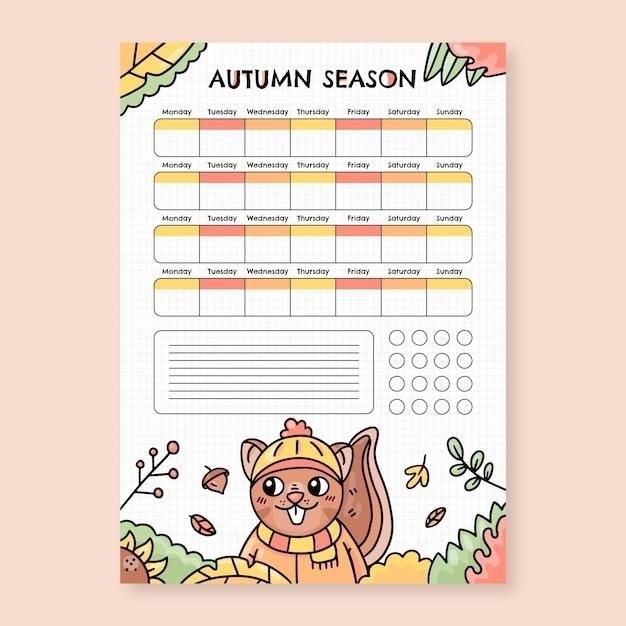
Beyond the Basics⁚ Enhancing Your Planner
Personalize your free printable planner! Add stickers‚ color-code assignments‚ and integrate digital tools for enhanced organization and visual appeal. Explore additional resources to further customize your planning system.
Adding Personal Touches
Transform your basic printable student planner into a personalized reflection of your style and needs. Incorporate decorative elements such as washi tape‚ stickers‚ or hand-drawn illustrations to brighten the pages and make the planning process more enjoyable. Color-coding can be a powerful tool; assign specific colors to different subjects or types of assignments for quick visual identification. Consider using different fonts or highlighting key dates and deadlines to create visual emphasis and improve readability. Experiment with various methods to personalize your planner‚ making it a uniquely effective and motivating tool for academic success. Don’t hesitate to add personal quotes‚ inspirational images‚ or small drawings that resonate with you. These small additions can significantly boost your engagement with the planner and encourage consistent use.
Integrating Digital Tools
Enhance your printable planner’s functionality by integrating digital tools. Scan your completed planner pages and store them digitally for easy access and backup. Use a note-taking app to complement your planner‚ adding details or reminders that might not fit on paper. Consider using calendar apps to sync important dates and deadlines‚ receiving timely notifications for upcoming assignments and tests. Digital task management tools can also help you prioritize tasks and track progress. Explore educational apps or websites that provide additional study resources or organizational tools to supplement your planner’s functionality. Combining the tangible aspects of a printable planner with the versatility of digital tools can create a highly efficient and streamlined study system. This integrated approach ensures you maintain a comprehensive overview of your academic commitments and access vital information effortlessly.
Utilizing Additional Resources
Beyond the basic planner‚ explore supplementary resources to maximize its effectiveness. Websites and blogs dedicated to productivity and organization often offer free downloadable templates‚ such as habit trackers‚ goal-setting worksheets‚ or even specialized academic planners for specific subjects. Many offer additional printable stickers or decorative elements to personalize your planner and make it more engaging. Consider incorporating these elements to track additional areas of your life‚ like fitness‚ finances‚ or personal projects. Remember that the goal is to create a system that works for you‚ so don’t hesitate to experiment with different methods and tools until you find the perfect combination. Utilize online forums or communities where students share their organizational tips and tricks – you might discover new strategies or helpful apps that boost your productivity and enhance your planner’s usefulness.
